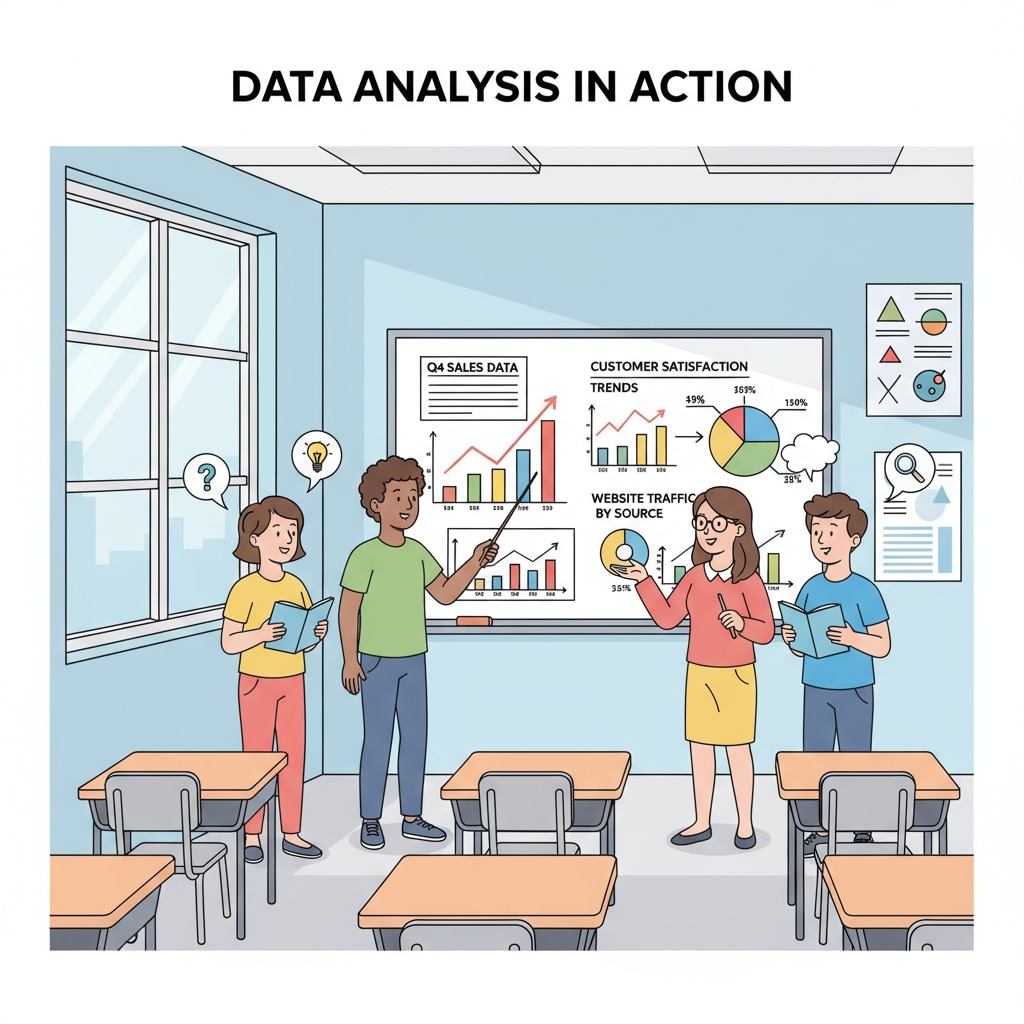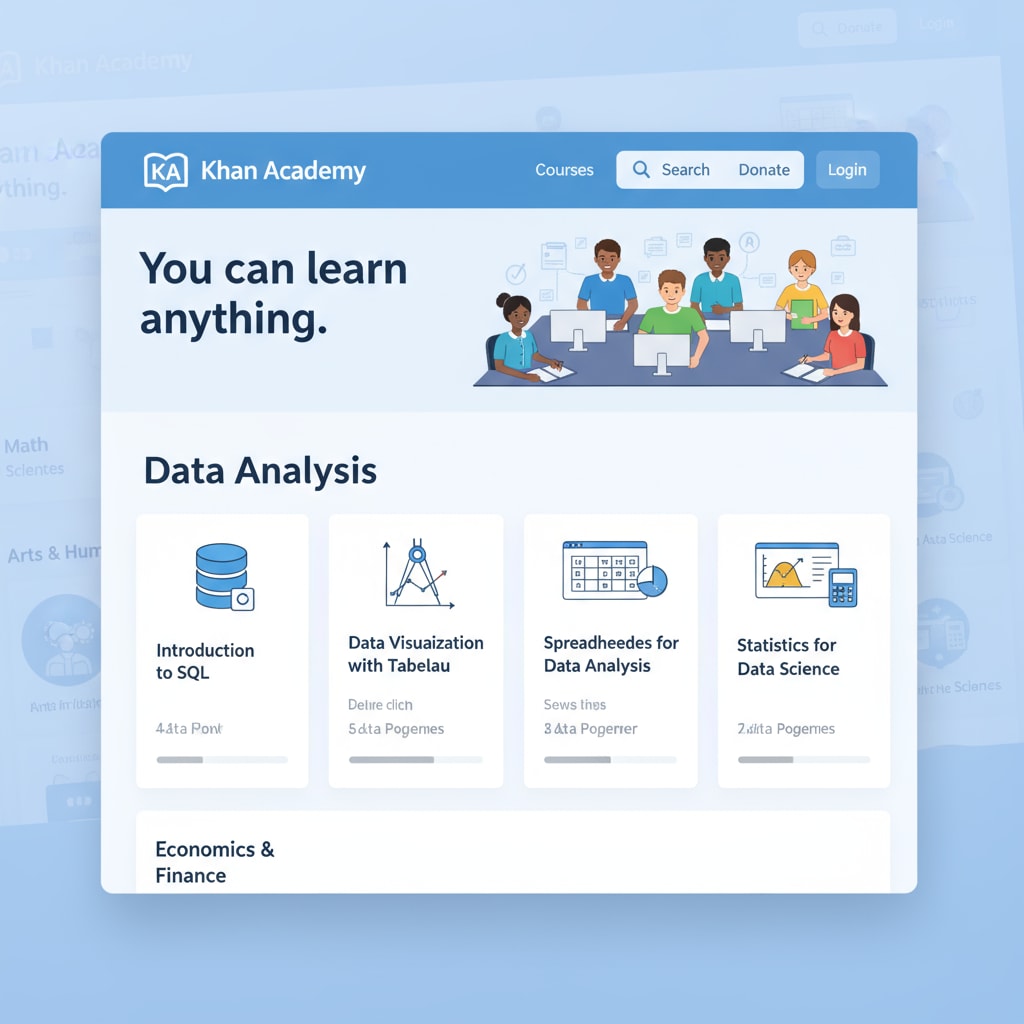Data analysis, free courses, and learning resources play a crucial role in today’s educational landscape, especially for K12 students. In an era where data-driven decision-making is becoming increasingly important, cultivating data analysis thinking from an early age can provide students with a competitive edge in the future. This article delves into the significance of introducing data analysis concepts in K12 education and presents a comprehensive list of free learning resources.
The Importance of Data Analysis in K12 Education
Integrating data analysis into K12 education is not just about teaching students how to crunch numbers. It’s about fostering critical thinking, problem-solving, and the ability to make informed decisions. For example, when students analyze data in a science experiment, they learn to question, hypothesize, and draw conclusions. This process helps them develop a scientific mindset that will benefit them throughout their academic and professional lives. According to EdWeek, data analysis skills are becoming essential for students to succeed in the 21st century.

Free Online Platforms for Data Analysis Learning
There are several excellent free online platforms that offer data analysis courses suitable for K12 students. Khan Academy, for instance, provides a range of interactive lessons on data and statistics. These lessons cover topics from basic data collection to more advanced data visualization techniques. Another great resource is Code.org. While it’s well-known for its coding courses, it also offers modules on data analysis that introduce students to the concepts in a fun and engaging way. These platforms are accessible to all students, regardless of their geographical location or financial background.

Moreover, many educational institutions and non-profit organizations offer free data analysis curriculum materials. For example, the TeachEngineering website has resources that incorporate data analysis into engineering and technology education. These materials can be used by educators in the classroom or by parents for home learning.
In addition to online platforms and curriculum materials, there are also free data analysis games and apps available. These interactive tools make learning data analysis more enjoyable for students. For example, some apps allow students to collect and analyze data from their daily lives, such as the number of steps they take or the time they spend on different activities. This hands-on approach helps students better understand data analysis concepts.
Readability guidance: As we’ve seen, there are various ways to introduce data analysis to K12 students through free resources. By using online platforms, curriculum materials, and interactive games, educators and parents can effectively cultivate students’ data literacy and critical thinking skills. These resources not only provide valuable learning opportunities but also help students develop the skills they need to thrive in the digital age.


